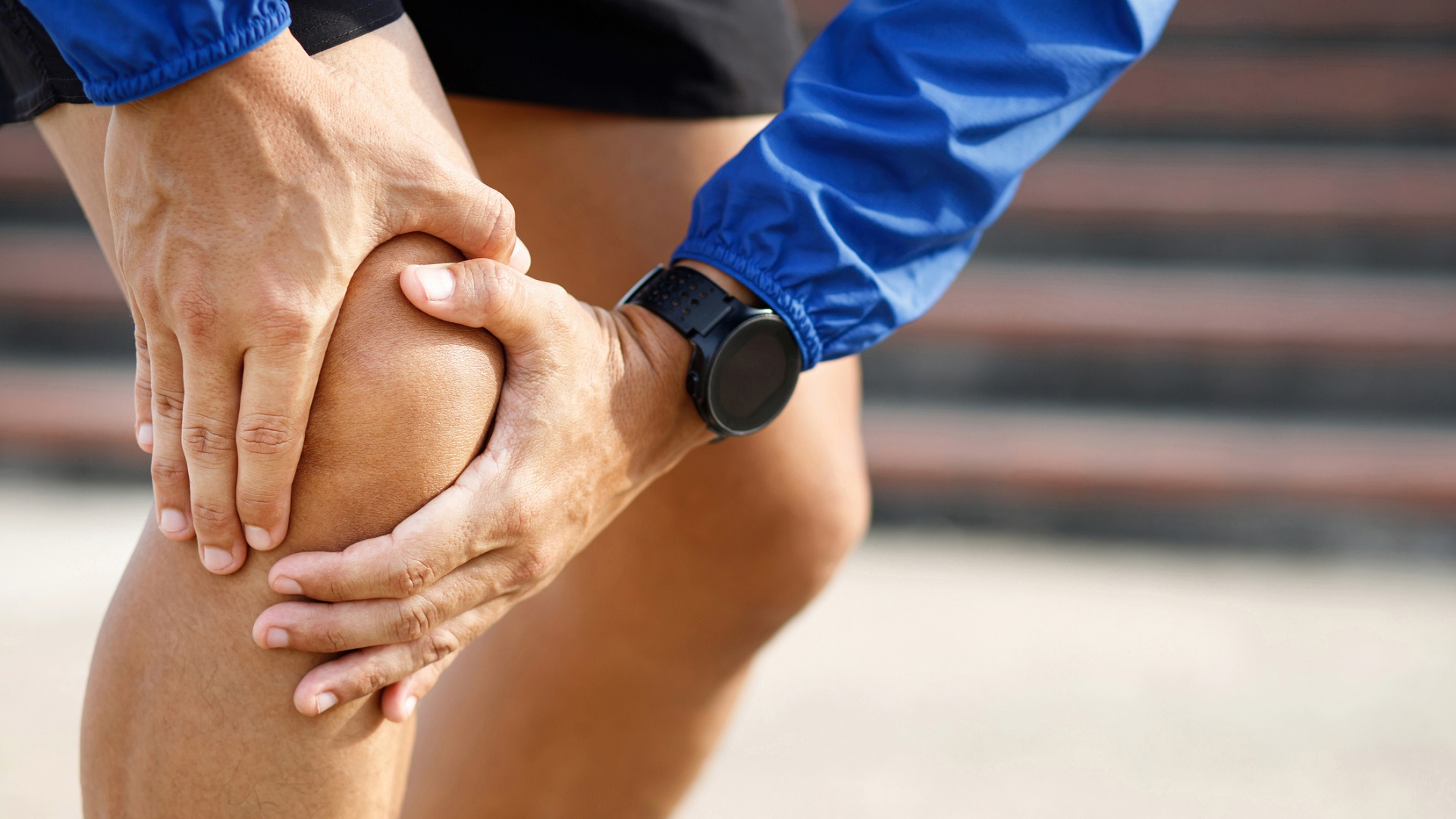Stiff joints are often considered an inevitable part of aging but can significantly affect our mobility. These conditions should be addressed to help you perform everyday activities with less pain, from rotating your shoulder to taking a leisurely walk. Physical therapy can help manage the discomfort and limitations of having stiff joints. Here’s what you should know.
Why People Experience Stiff Joints
Stiff joints can emerge from a number of sources, including while playing a sport or after a car accident. For teens and young adults, they may signal a sprain or strain that has damaged the muscles, tendons or ligaments. These injuries stretch or tear the tissue, increasing inflammation around the joint and decreasing flexibility.
For sprains and strains, pain and tenderness pose challenges in using the joint or inflammation may cause the area to stiffen up completely. You may also experience temporary stiffness, only for the sensation to disappear eventually and mobility to return.
More gradual injuries include repetitive strain from work or hobbies that can result in tendonitis, bursitis or frozen shoulder. For older adults, arthritis often a source of stiff joints. This includes common forms like rheumatoid arthritis, a chronic autoimmune condition affecting the lining of each joint and osteoarthritis, in which the cartilage surrounding each joint begins to break down and wear away.
Signs of stiff joints generally include redness, swelling, decreased range of motion and chronic pain.
What Can Physical Therapy Do?
Rather than injections or surgery, your doctor may prescribe an anti-inflammatory medication and physical therapy sessions to address joint stiffness. During the initial evaluation, a physical therapist will assess your range of motion and strength near the joint. You may also be asked about daily activities, including what you do for work and any hobbies that could be placing strain on the area.
From here, your physical therapist will develop a tailored plan to improve joint mobility, strength, use and provide assistance performing essential daily activities, from getting dressed or doing job-related tasks. Your treatment may include:
- RICE: Your physical therapist will instruct you on resting, icing, applying compression and elevating the area to help any pain and swelling subside.
- Stretching: These routines help break up contracted muscles and tissues to achieve their ideal length and range of motion, also providing you with a tool to decrease the progression of stiffness. Stretching further helps with pain and healing.
- Joint Mobilization: Another strategy for improving range of motion, joint mobility helps break up scar tissue, which may occur as a result of chronic injury, and stabilize select joints.
- Hand Exercises: In response to rheumatoid arthritis or a repetitive strain injury, you may perform additional exercises focusing on moving the joints of the hand. These encompass bending the wrists, curling your fingers and spreading them without assistance.
- Improving Body Mechanics: Especially for sport and repetitive strain injuries, poor posture or form may place additional stress on the joint. You’ll work to adjust your posture when performing related activities.
- Assistive Devices: Based on the condition and location of the stiff joint, you may be directed toward a walker, cane, splint, brace, shoe insert or ergonomic chair. These solutions reduce stress, provide cushioning and support, and may assist with more efficient movement.
- Cold and Hydrotherapy: Cold therapy helps decrease swelling around the joint, while hydrotherapy creates an environment where you don’t have to place all of your weight on the joint to move.
If you are dealing with a stiff wrist, elbow, shoulder or ankle, please see a physical therapy as part of your recovery plan.
